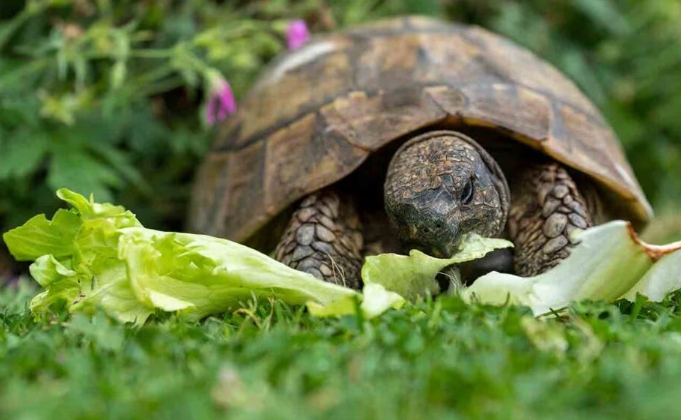Turtles may seem like slow creatures, but when it comes to feeding time, they can be quite the predators. These reptiles have unique dietary habits that vary depending on their species, size, and environment.
Omnivorous Appetites
Turtles are known to have diverse diets, typically classified as omnivores. This means they not only eat plants and vegetation but also consume insects, fish, and small animals. Some turtles, like the red-eared slider, even enjoy fruits and vegetables as part of their diet.
Snapping at Prey
One of the most fascinating feeding habits of turtles is their ability to snap at prey with lightning-fast speed. Turtles, particularly those with sharp beaks like snapping turtles, can catch their food swiftly, making them efficient hunters in the water.
Grazing on Greens
Many turtle species are herbivores, meaning they primarily feed on plants and vegetation. For example, the green sea turtle is known for munching on sea grass and algae. The loggerhead turtle also enjoys a diet of seaweed and jellyfish.
Bottom-Dwellers
Some turtles are bottom-feeders, meaning they search for food at the ocean or river floor. These turtles use their strong jaws to crush shells of mollusks and crustaceans, such as clams and crabs. This method of feeding requires patience and persistence as they sift through the sand and mud for their next meal.
Food Fit for a Turtle
It’s essential to remember that each turtle species has specific dietary needs. Providing your pet turtle with a balanced diet is crucial for their health and well-being. Consult with a veterinarian or reptile expert to determine the best diet for your turtle based on its species and size.
In conclusion, turtles may have a reputation for being slow-moving, but their feeding habits are anything but sluggish. From snapping at prey to grazing on greens, these reptiles are fascinating creatures with diverse diets that cater to their unique lifestyles. Whether you’re observing turtles in the wild or caring for a pet at home, understanding their dietary habits is essential for their overall health and vitality.

